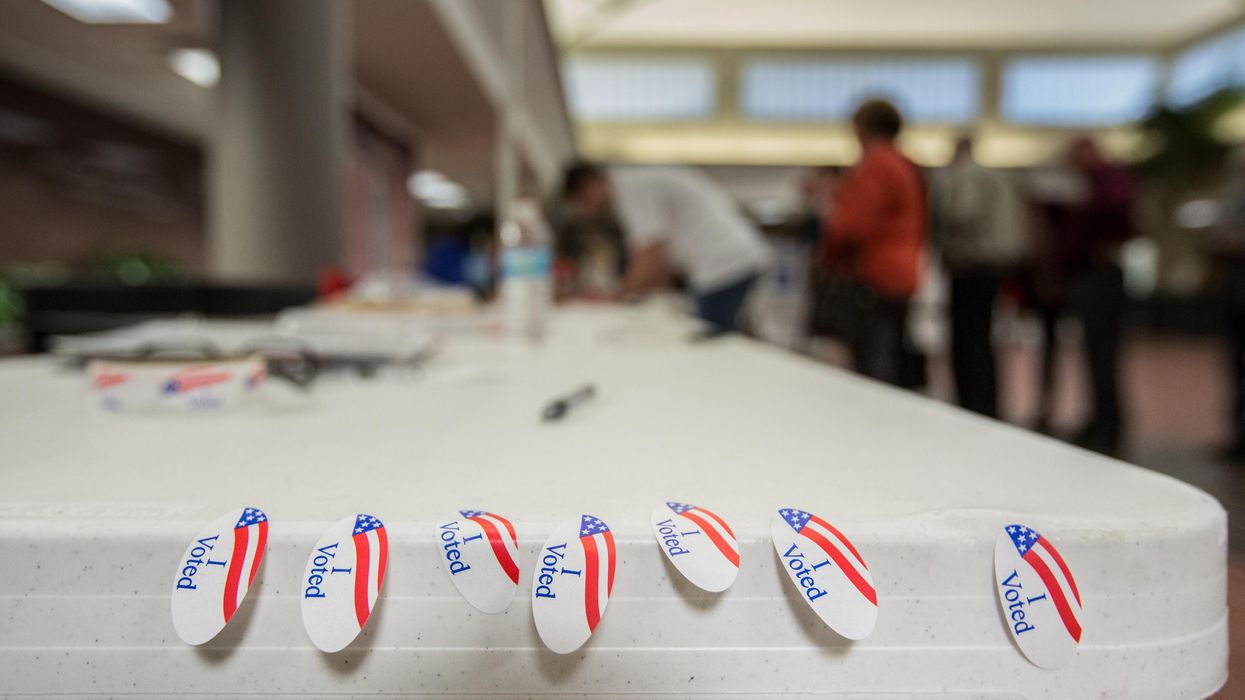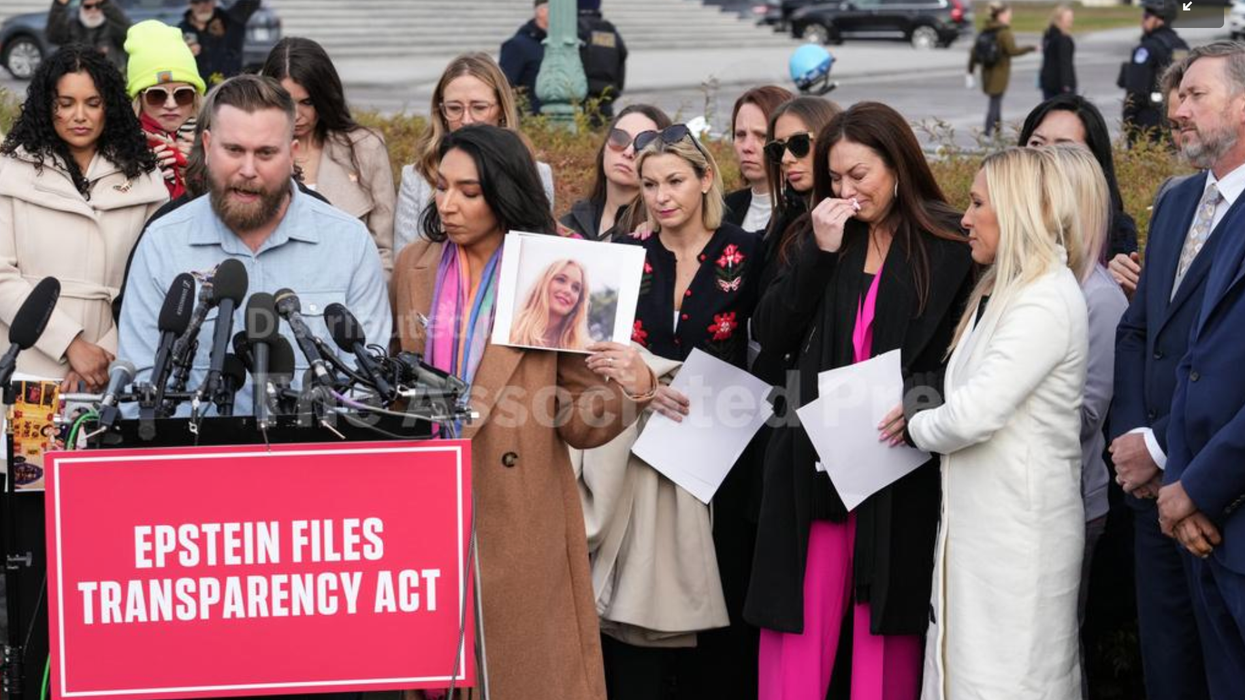The administration’s deployment of the military in Los Angeles and Washington, D.C., on a limited basis tests using the military to overthrow a loss in the midterm elections. A big loss will stymie Project 2025, and impeachment may perhaps loom.
Secretary of Defense Pete Hegseth and the president have said L.A. is “prelude to what is planned across the country,” according to U.C. Berkeley law professor Erwin Chemerinsky. Chemerinsky reports that on June 8, “Trump said, ‘Well, we’re gonna have troops everywhere.’” The Secretary of Homeland Security recently announced that in L.A., “Federal authorities were not going away but planned to stay and increase operations to ‘liberate’ the city from its ‘socialist’ leadership.”
Additional Democratic-controlled cities appear to be targeted.
The president claims that protestors “hate” America. He inveighs against an “enemy within,” including accusing former President Barack Obama of treason. The president roused soldiers at Fort Bragg against his political opposition. MAGA hats were sold on the base. In renaming bases, he seeks to honor Confederate generals who rebelled against the Constitution. The president attacks and demeans the judiciary.
Congress has ceded its power to check the president. The Speaker of the House has declared that California’s governor should be tarred and feathered, a process that can cover a person with hot tar.
Here’s how the election might be undermined.
The president’s executive order on elections, among other provisions, bars counting absentee and mail-in votes that arrive after election day, greatly increases proof of citizenship requirements, and limits permissible voting systems. At least two courts have so far invalidated a number of the requirements, including that absentee and mail-in ballots not be counted after election day. The president now threatens another executive order that would bar mail-in voting altogether.
Confusion, delay, and disorder can arise with the legal status of his executive orders, having them potentially tied up in court or subject to conflicting or unclear court rulings. The president’s call for an atypical reapportionment in Texas can trigger reapportionments in red and blue states that may be tied up in court, adding to the disorder. The Justice Department’s threats of criminal charges against election workers add to the disruption.
Claiming a failed election, red state legislatures or the president, purportedly exercising emergency powers, throw out some or all of the opposition’s votes for U.S. representatives and senators. This way, they install a large Republican majority. The Supreme Court rules these actions unconstitutional. The president and his supporters defy the Court’s orders. As massive protests erupt, the administration completes the overthrow with in-place and additional military under the Insurrection Act, potentially supplementing it with a Brown Shirt-like army of newly recruited 18 to 25-year-old purported ICE agents. Some 15 to 18 million people, who were seemingly willing to support a coup if the president had lost the 2024 election, stood by.
James G. Blaine, the Speaker of the House of Representatives between 1869-1875, observed that by 1869, “Those who anxiously and intelligently studied the political situation in the South could see how unequal the contest would be and how soon the men who organized the rebellion would again wield the political power of their States—wield it lawfully if they could, but unlawfully if they must; peaceably…but violently if violence in their judgment became necessary.” The like-minded progeny of these people and that of other like-minded people now control the national government. They are relentless. They view their opposition as spineless cowards.
In 1875, General of the Army William Tecumseh Sherman wrote to his senator brother, “Outside help sooner or later must cease, for our army is ridiculously small, in case of actual collision. It is only the Memory of the War Power that operates on the Rebel Element now. They have the votes, the will, and will in the End prevail.”
Today, our army is not “ridiculously small.” Its oath is to defend the Constitution against all enemies, foreign and domestic. If the administration issues unconstitutional orders to the military, generals, judges, and the American people must be decisive and relentless in defending the nation’s Constitution. As Abraham Lincoln said at Gettysburg, we must “highly resolve…that government of the people, by the people, for the people, shall not perish from the earth.”
Daniel O. Jamison is a retired attorney.


















